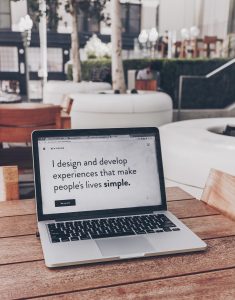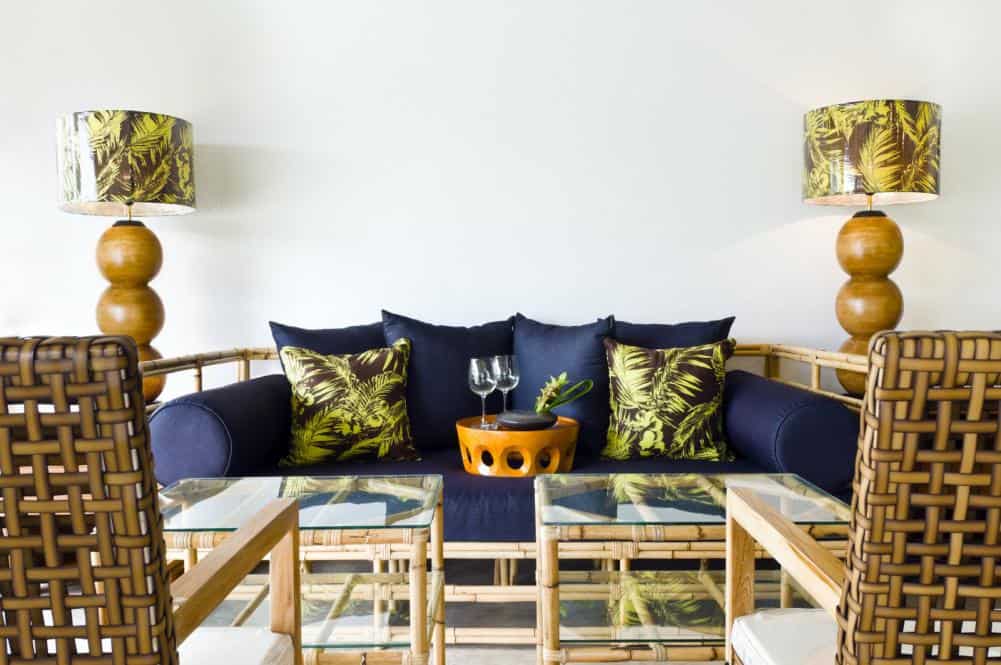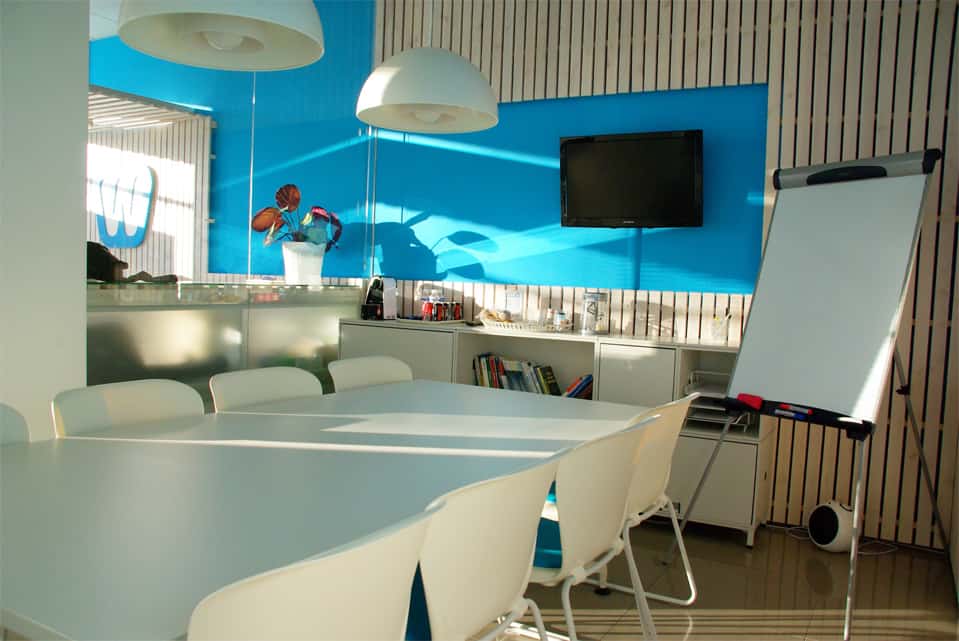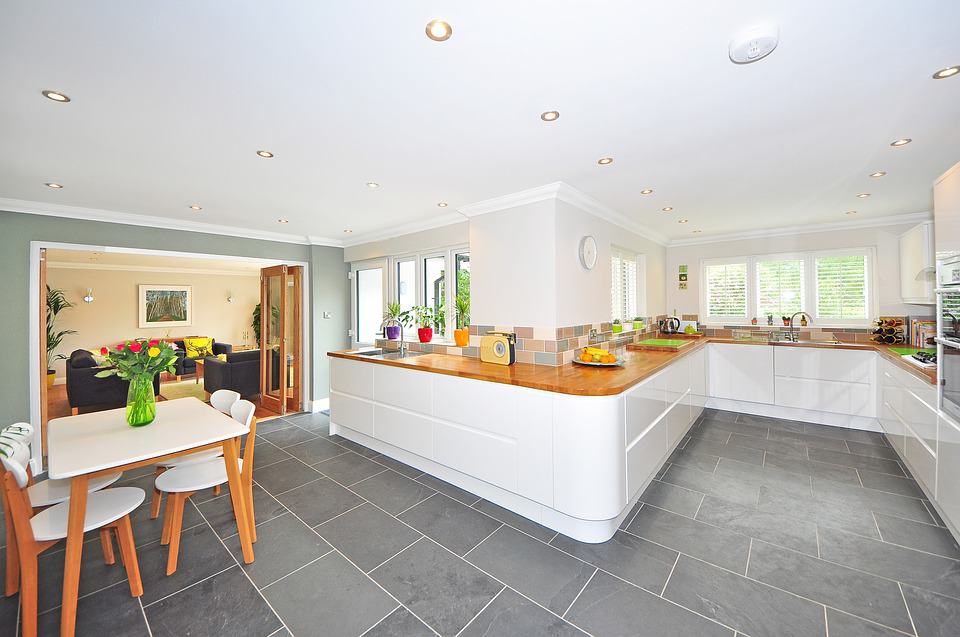With expanding spaces and the need for more property, interior designing is a much sought after career. These designers are given the onus of working on the architecture as well as planning the interiors to create aesthetically pleasing cohesive spaces. These designs are generally curated for home interiors and business for various clientele . Interior designers may also choose to specialise in a particular field of design, ranging from home design to commercial interiors to environmental design.
. Interior designers may also choose to specialise in a particular field of design, ranging from home design to commercial interiors to environmental design.
Interior designers are often confused with interior decorators, though they work with separate agendas. While both are given the responsibility of making a space cohesive and good-looking, their methodology is different. An interior decorator primarily works on revamping an existing space through furniture home decor. In contrast, an interior designer is required to design the space as a whole.
Skills required to become an Interior Designer
If you are looking at interior designing as a future career path, these are the skills you will be needing.
-
Graduation, Experience and License
The basic minimum requirement for most jobs is graduating in an interior designing course or any design-related course. It is advantageous to have at least two years of work experience as well. Qualification requirement generally differs based on company and country. For instance, prospective interior designers in the United States are required to pass the NCIDQ (National Council for Interior Design Qualification) exam before they can apply for work. Most students in interior designing are required to have a basic understanding of building codes, permits, standards in construction, design application and professional practice.
-
Observant “Design Eye”
 Interior designers are required to have a keen “eye” of observation. The way they pay attention and interpret designs is vital to their career. Their job will often require them to identify the effect colour, subject matter and style have on moods. The key to developing your “design eye” is by expanding your sense of style. Observe the world around you and critically analyse the patterns and designs you see, from homes to shops.
Interior designers are required to have a keen “eye” of observation. The way they pay attention and interpret designs is vital to their career. Their job will often require them to identify the effect colour, subject matter and style have on moods. The key to developing your “design eye” is by expanding your sense of style. Observe the world around you and critically analyse the patterns and designs you see, from homes to shops.
-
Skills in Project Management
As an interior designer, you will be in charge of various design projects. Apart from a good understanding of design, they will require project management skills. This includes everything from organising deadlines for the project and keeping them, to being able to understand and communicate the needs of their clients. Efficient project management is vital to creating happy clients. 
-
Updated Technical Skills
Entry-level interior designers generally rely on sketches and drawings in the early stages. As you progress to pursue interior designing professionally, you will need to upgrade your skills. Most designers use technical software programs to finalise blueprints of projects. Students that are aspiring to find a role in interior designing need to have a good grasp on such computer-aided design (CAD) programs.
Road to Becoming an Interior Designer
Since this is a course that highly relies on your skills, there is no one-size-fits-all method. Below are the common steps that will lead you to your desired career path:
1. Sharpen observation skills
An easy way to sharpen your skills for this career is to educate your eye. Honing good observational skills early on will set you apart once you enter design school. Having a keen sensibility in design will develop an intimate sense of awareness of your surroundings. As a design enthusiast, look out for architecture, landscape design and graphic design. Designing is a process of identifying patterns and understanding the hidden emotion and meaning. Vintage markets, bookstores, museums and clothing shops are spaces which will help you develop and discern different kinds of designs you are drawn to like bold, playful or futuristic.
2. Get certified in interior designing
The bare minimum qualification most firms require interior designers to have is an undergraduate degree. This may vary firm to firm, as some may hire with just an associate’s degree or require a professional master’s degree. In the hierarchy of preferences, architecture and design theory are placed on top, especially when an official interior design institution certifies the course. Alternatively, if you have taken up something else, acquiring a certificate in design-related areas (such as fine art, art and  design or colour theory) will round out your application.
design or colour theory) will round out your application.
3. Take up formal training
After graduation comes building experience. You will need to take up the right career opportunities to add to your portfolio. In general, a full-time two-year on-the-job work experience at an interior design firm is the minimum required to promote yourself as an interior designer officially. It will be helpful to start applying for internships or entry-level jobs once you have graduated. Do look out for the required licenses to operate as an interior designer in your country. For instance, the NCIDQ (National Council for Interior Design Qualification) exam is highly sought after in the United States and Canada. Obtaining the right license and certification will help build trust in your clients and open-up job opportunities for your career in design.
4. Curate a compelling portfolio
As an interior designer, one of your most valuable assets is your portfolio. This portfolio is a curation of photos, sketches and design that capture your skills. It is a glimpse into your best work, will give clients your sense of design and illustrate your professionalism and seriousness as an interior designer.
In the beginning stages of your career, your portfolio will include all your work. As you progress, you may choose to only showcase the best work from a range of projects you have worked on to show your adaptability. Document your work by clicking before-and-after shots of every project with a high-quality camera. You can include testimonials from your satisfied clients to review your work and their experience. Even if you don’t have paid clients in the beginning, doing design work for friends and family will be a good place to kickstart your career.
As everyone has moved online, it is important to create an online presence as an interior designer. Apart from holding hard copies, display your portfolio through digital images. There are tons of free websites with readymade templates and an easy interface to  operate. You may choose to scan and upload your sketches as well. With the growth in your career, your online portfolio will grow too. It is worth investing in hiring a web designer to create a customised website for your portfolio as this will be key to attracting more clients.
operate. You may choose to scan and upload your sketches as well. With the growth in your career, your online portfolio will grow too. It is worth investing in hiring a web designer to create a customised website for your portfolio as this will be key to attracting more clients.
5. Get hired or work independently.
Once you have graduated and earned enough experience, you may choose to branch out in the direction of your choice. Working for an established firm will give you more exposure and help create contacts with clients. Or you may choose to set up a small business for your design services and create your own niche in the designers’ network.
You can also check out our interior design guide if you’re looking for more information.










